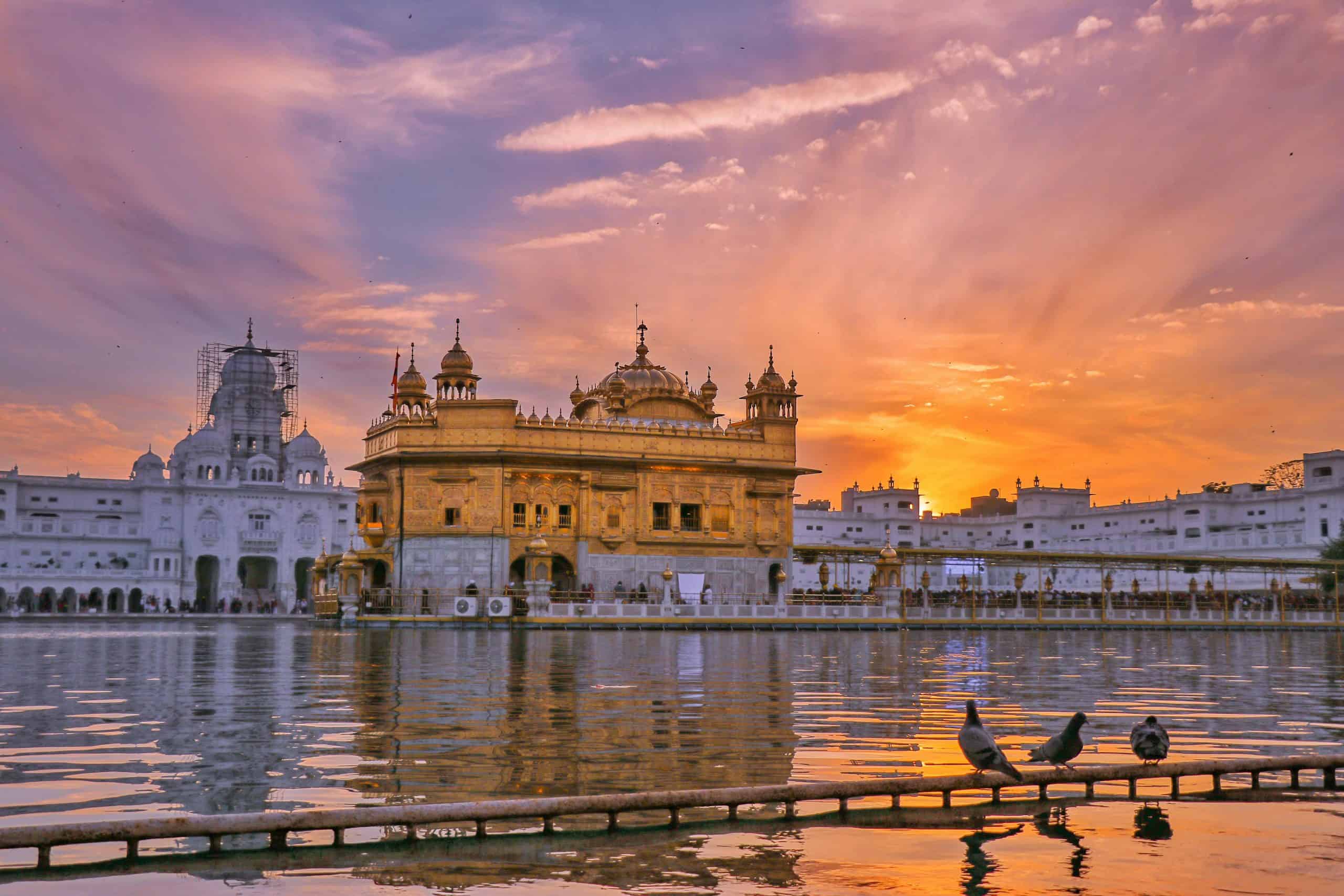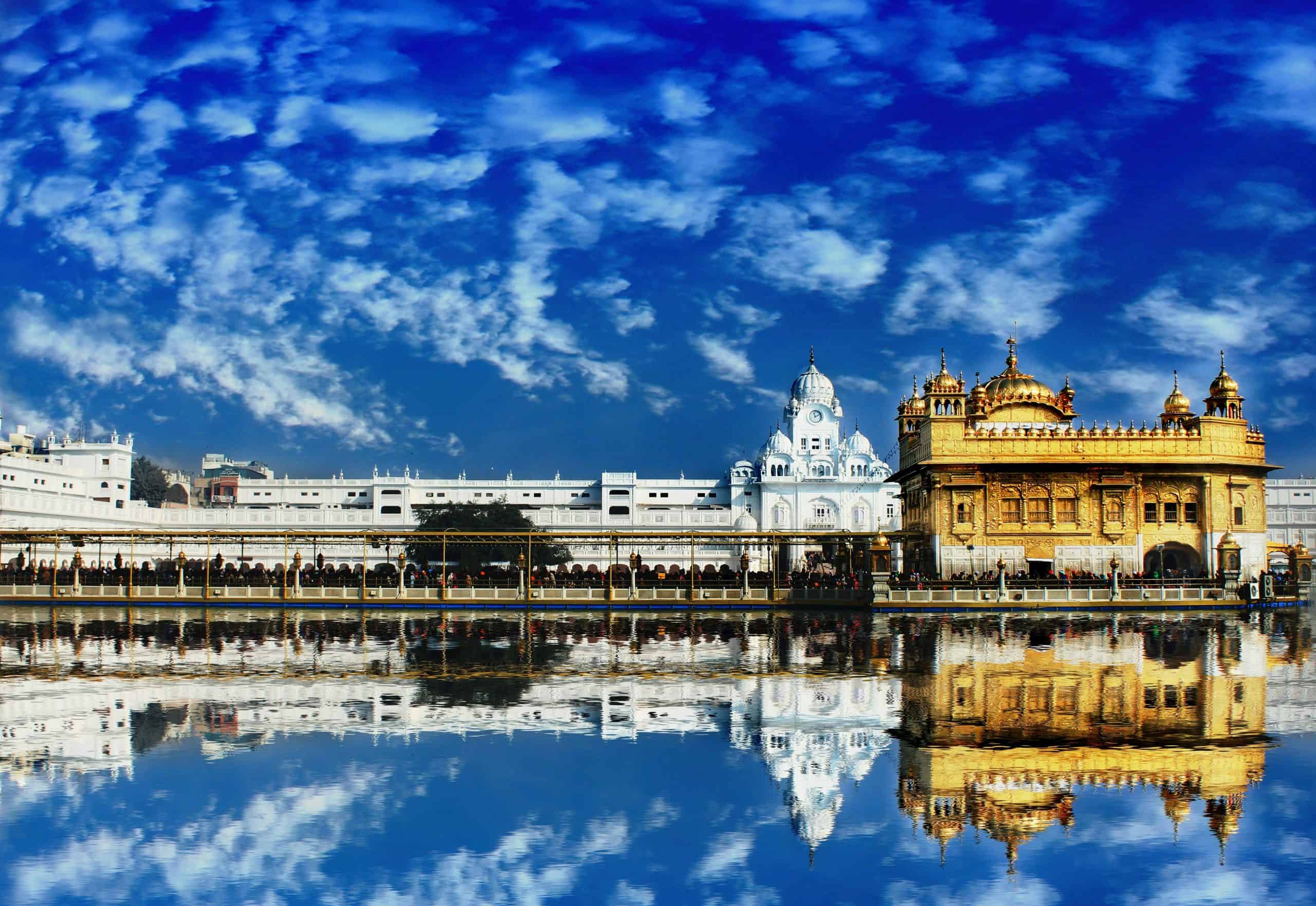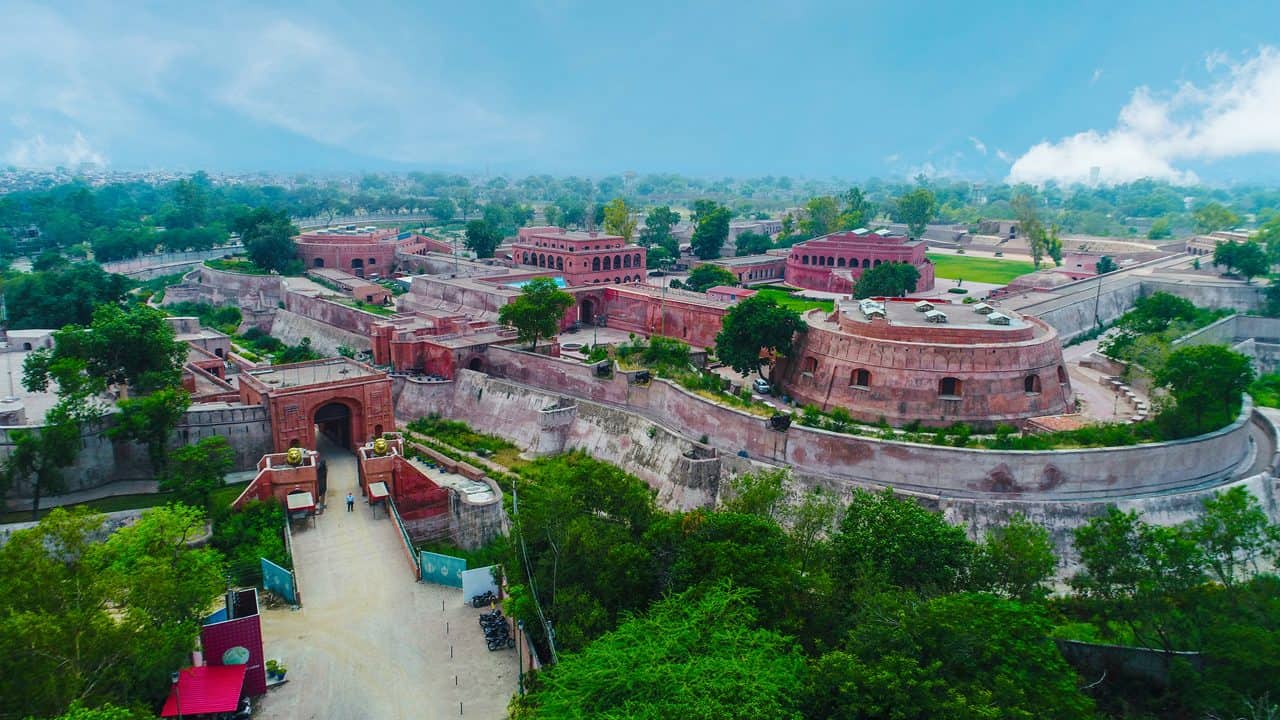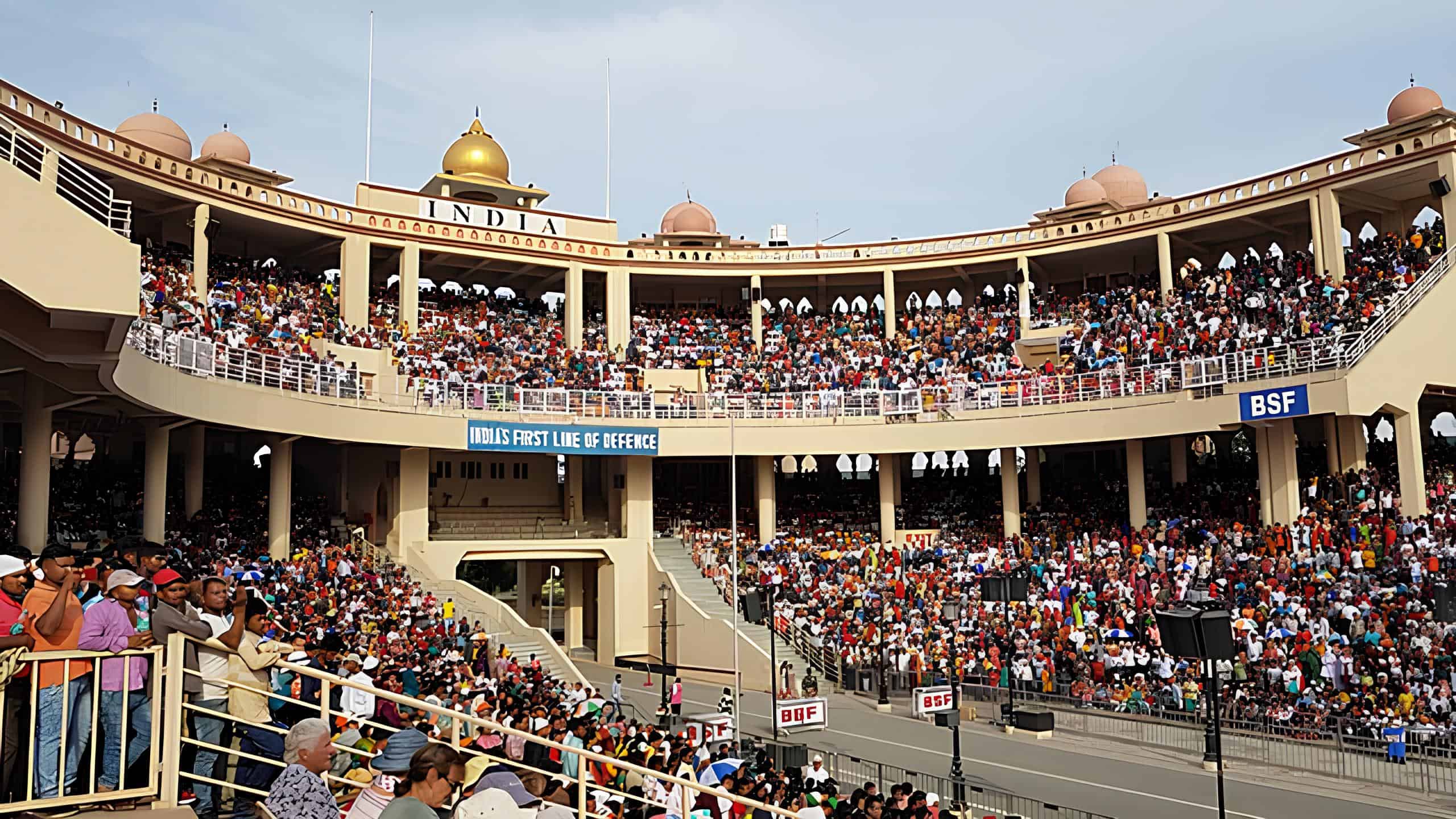24 Hours in Amritsar captures the city’s spirit of seva, heritage and living faith, bringing together soulful food, culture and stories shaped by Sikh tradition.

Amritsar is a generous city known for its spirit of seva. It carries a glorious past, a thriving present and an inspiring future while remaining the beating heart of Punjab. Founded by a Sikh Guru and shaped by the values of Sikhism, it is a place where history feels alive, spirituality breathes through every lane, and the food scene is always thriving.
If you know Amritsar for the Golden Temple or Jallianwala Bagh, reconsider what this city has to offer. Beyond these iconic landmarks is a city brimming with experiences. The moment you step into the city, you are in for an unforgettable experience. You are lured in by the food, the dhabas and their robust aromas. As you walk past the sea of people, the city feels raw and real and begins to find its way into your heart. Everything feels like a celebration and the energy is contagious. The city pulsates with a glorious past, stories of valour and painful memories of Partition. Rightly so, Amritsar is also known as the beating heart of Punjab.
Amritsar was founded by Guru Ram Das, the fourth Sikh Guru in 1577. It is located in the state of Punjab, where Sikhism originated. The city shaped by the rich traditions and values of Sikhism reflects these qualities in its people. Did you know Amritsar is the only Indian city where no one goes hungry. This is the power of selfless service performed by Sikhs known as seva, where acts like feeding, cleaning and maintaining the temple are a way of life. A centre of spirituality and home to many holy Gurudwaras, Amritsar draws millions of pilgrims and tourists from across the world.
If you want to experience this city in all its glory, here is a guide on how you should spend twenty-four hours in Amritsar.
Best Places to Visit
Golden Temple
The best way to begin your day in Amritsar is by visiting the Golden Temple right before sunrise. You can catch the palki procession, a sacred ceremony in which the holy text is carried to its resting place. A moment of serenity follows as the temple fills with chants. Visitors must cover their heads as a mark of respect. The experience feels deeply humbling. Watching pilgrims cleanse themselves in the holy waters, participating in sincere prayers and seeing the temple glow in the morning sun is nothing short of magic.

The Harmandir Sahib, commonly known as the Golden Temple, is one of the most sacred sites in Sikhism. The structure was envisioned by Guru Ram Das and completed by the fifth Guru, Guru Arjun Dev in 1604. Through the centuries, it endured devastation by Mughal rulers and Afghan invaders, yet the Sikh community restored it each time.
Become one with the thousands of people who gather here and enjoy simple vegetarian food. The Golden Temple kitchen, known as the Langar, is the largest in the world and feeds one hundred thousand people every day. Everyone sits together on the floor and shares the same food without social hierarchy. It is a remarkable expression of Sikh values, community and seva.
Jallianwala Bagh
A short walk from the Golden Temple leads you to Jallianwala Bagh, a site filled with history and emotion. The memorial marks the tragic massacre of 1919 in which numerous unarmed Indians were killed by colonial forces under Brigadier General Dyer. Today, the park is a national memorial that preserves bullet marks, the Martyrs Well and plaques that honour those who lost their lives in the fight for freedom. Annual gatherings, exhibits and a museum educate visitors about the event and honour its martyrs.

On April thirteen 1919, a large group of unarmed men, women and children gathered at Jallianwala Bagh to celebrate Baisakhi and peacefully protest the Rowlatt Act and the arrest of local leaders. Brigadier General Reginald Dyer arrived with his troops and sealed the only exit, trapping the crowd. He commanded his soldiers to open fire without warning. The attack lasted ten to fifteen minutes and approximately one thousand six hundred and fifty rounds were fired until the ammunition was exhausted. The enclosed garden left little room for escape. British reports recorded three hundred and seventy nine deaths, while other estimates place the toll above five hundred. More than a thousand individuals were wounded.
Heritage Street
Heritage Street is a charming pedestrian walkway that connects Town Hall to the Golden Temple. This redeveloped stretch offers an engaging introduction to local history and culture. A major attraction here is the Partition Museum which presents deeply moving personal narratives of families affected by the Partition of 1947. Alongside, lively local markets offer traditional crafts including phulkari embroidery and handmade Punjabi juttis. The renovated facades and vibrant shopfronts create a nostalgic yet energetic atmosphere.
The street features a mix of colonial and Punjabi architectural styles, artisan stores, food stalls and cafés. It is also home to statues that commemorate Sikh history including the statue of Maharaja Ranjit Singh at Ranjit Singh Chowk.
Gobindgarh Fort
Once a formidable structure built to protect Amritsar, Gobindgarh Fort has transformed into a lively cultural centre. Constructed in the eighteenth century and later restored, the fort highlights traditional military architecture and offers folk performances, light and sound shows and exhibits that celebrate Punjabi heritage.

In the early nineteenth century, Maharaja Ranjit Singh captured the fort and renamed it Gobindgarh in honour of Guru Gobind Singh Ji. It served as a major defence post against Afghan invasions and housed the royal treasury known as the Toshakhana where the legendary Koh i Noor diamond was once kept. More than twelve thousand soldiers were stationed here.
Durgiana Temple

Often described as the Silver Temple, Durgiana Temple resembles the Golden Temple in appearance but is dedicated to Hindu deities, particularly Goddess Durga. It features a gold covered central dome, smaller domes and a large holy pond. Located near Hathi Gate, its glowing dome rises above the water and is accessed by a marble causeway. It offers peaceful moments of devotion and becomes especially vibrant during Navaratri.
Wagah Border
Head to the Wagah Border for a burst of energy. About thirty kilometres from Amritsar, this border is famous for the daily Beating Retreat ceremony performed by the Indian Border Security Force and the Pakistan Rangers. It is best visited in the early evening when patriotic enthusiasm fills the air. The coordinated marching, the booming commands and the cheering crowds on both sides create an electrifying atmosphere that celebrates discipline and national pride.

The boundary was drawn in 1947 following the Partition of British India and became a significant crossing during the massive migration that followed. Before the division, the cities of Amritsar and Lahore shared deep cultural and economic ties.
Best Places to Eat
Amritsar offers a gastronomic adventure known for hearty Punjabi dishes and iconic street food. The city’s culinary scene is full of iconic dhabas and bustling food stalls that celebrate flavour and freshness. Classic favourites such as Amritsari Kulcha stuffed with seasoned potatoes and served with spicy Chole are a must try.
Legendary dhabas like Kesar Da Dhaba, Bharawan Da Dhaba and Brothers Dhaba serve authentic Punjabi dishes prepared with sincerity and simplicity. Food lovers can also visit Bhai Kulwant Singh Kulchian Wale, known for its delicious kulchas, while Makhan Fish and Chicken Corner draws crowds for its perfectly cooked tandoori fish and chicken. The city is also famous for its creamy lassi, a refreshing yoghurt drink that balances the richness and spice of local cuisine.
Things to Remember
The ideal time to visit is between October and March when the weather is pleasant. Summers can be intensely hot with temperatures rising above forty five degrees Celsius.
Dress modestly when entering religious places. A head covering is compulsory inside the Golden Temple and other Gurudwaras. Shoes must be removed before entering holy spaces and cleanliness is appreciated. Public displays of affection are uncommon and best avoided.
Amritsar is best explored on foot or by cycle rickshaw. For longer trips such as Wagah Border, taxis and auto rickshaws are convenient. Staying near the Golden Temple provides easy access to major attractions.
Read More: Latest



